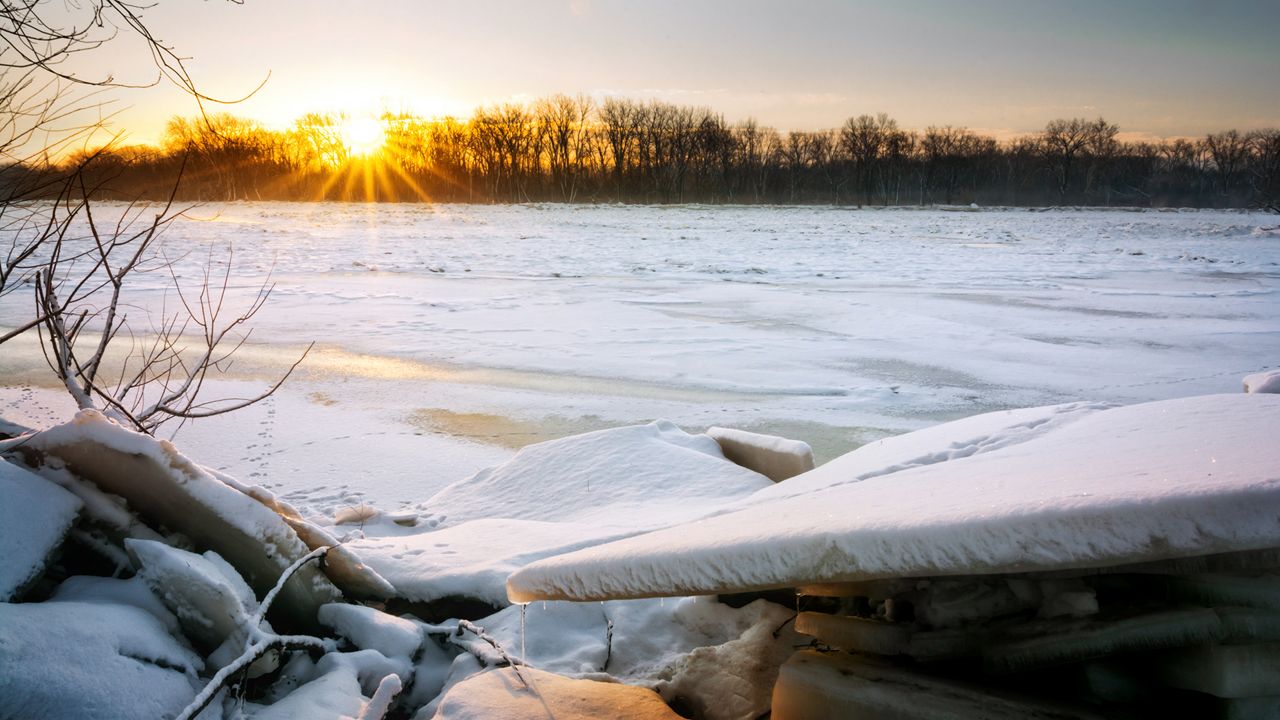Winter is here, but you’ll almost certainly have to wait until sometime in January for the coldest temperatures of the season.
The winter solstice usually comes on December 21 or 22, but the average coldest part of winter generally lags behind by a few weeks.

Why the delay? When you put a cup of water in the freezer, it doesn’t freeze immediately. While the Earth obviously isn’t the same as a cup of water, the idea is the same. “Heat capacity” determines how much heat must transfer for the temperature to change.
The length of day gets shorter leading up to the winter solstice, which is the day with the shortest amount of daylight. That also means it’s the day with the least possible warming from the sun. Because of the heat capacity of air, land, and water, it takes time for the lack of warming power to catch up, so to speak.
Other factors make a difference, too. Snow cover is typically more prevalent into January, and all that white ground reflects sunlight and reinforces cold air. Local geography, such as mountains, valleys, and closeness to the ocean are also factors.
Check out the graph below – you'll see that Los Angeles has its lowest dip earlier than other places.
Of course, when the coldest temperatures actually happen changes from one year to the next. But if you’re thrilled that the days are getting longer, it may be wise to contain your excitement a bit… maybe until February.
Our team of meteorologists dives deep into the science of weather and breaks down timely weather data and information. To view more weather and climate stories, check out our weather blogs section.



